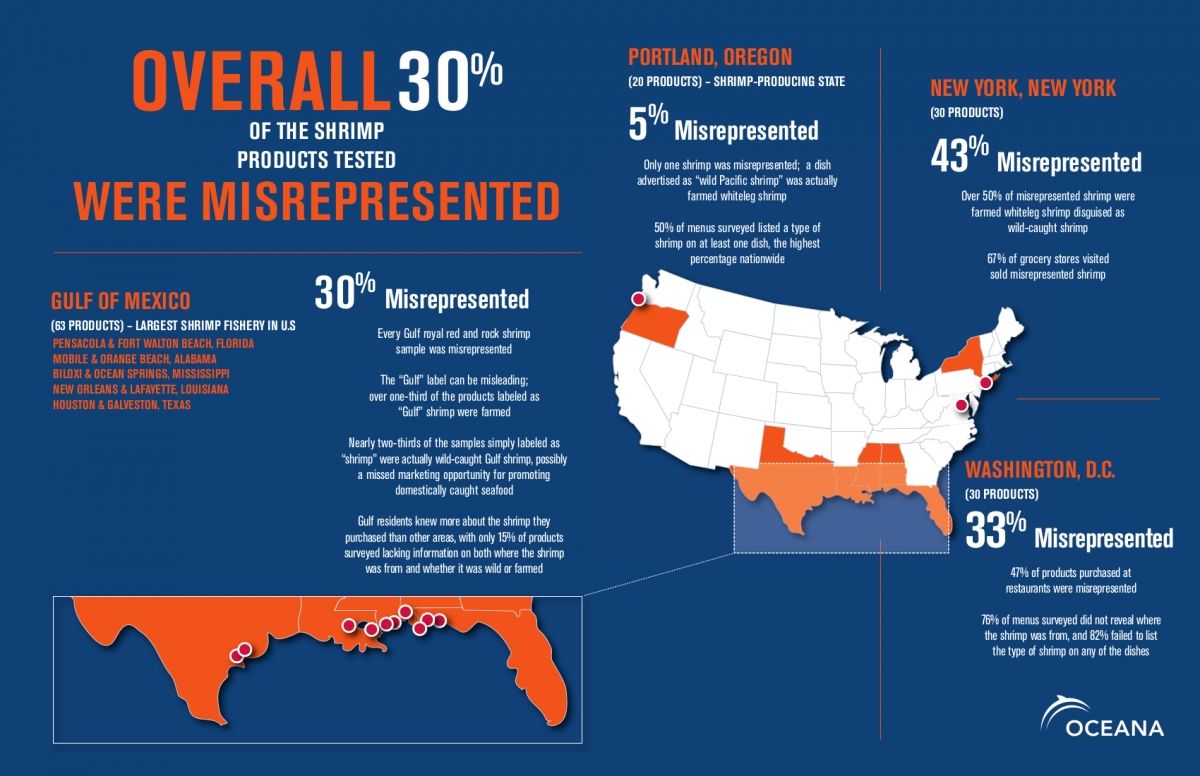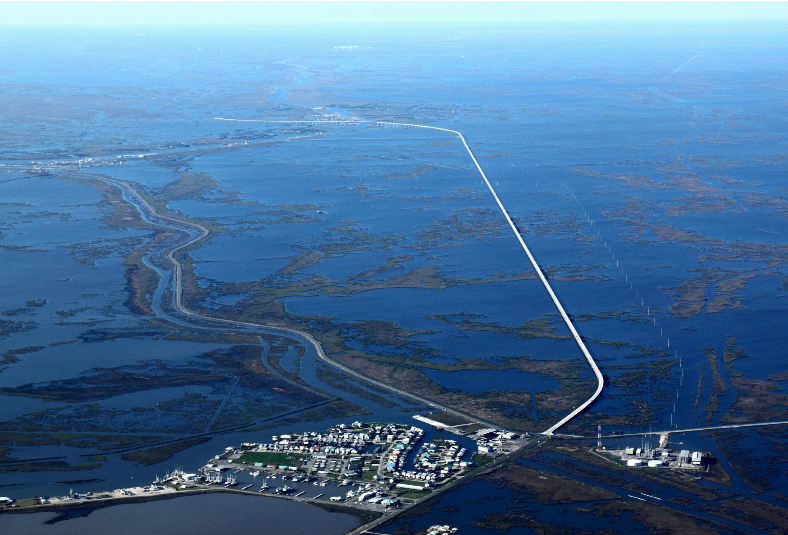
Shrimp fraud is widespread: Study reveals retailers misrepresent its origin
November 5, 2014OUR VIEW: Elections a reminder of region’s value
November 5, 2014It’s called the Gateway to the Gulf, but it’s really so much more than that.
It’s a gateway to financial viability and sustainability.
But most importantly, it’s a gateway to our future.
And that’s the message La. 1 Coalition Executive Director Henri Boulet, along with other local leaders, tried to get across to several members of the Louisiana Joint Transportation Committee last week.
From all accounts, it appears they were successful.
“It’s a constant process to educate policy makers on why the state, or if it’s federal policy makers, why the federal government should be investing in what we call this critical energy infrastructure,” Boulet said.
After making a presentation to the full committee at a public hearing last Monday, Boulet took several of the committee members on a tour of our coastal region last Wedesday. State Reps. Jerry “Truck” Gisclair, Dorothy Hill, Kerry Brown, Dalton Honore and House Transportation Committee Chairman Karen St. Germaine participated in the tour, according to Boulet.
Honore, a state representative from Baton Rouge who has made several recreational fishing trips to southern Lafourche Parish, said both those and his business trip to the area last week makes him understand how important La. Highway 1 is.
“The raised portion of La. (Highway) 1 would be a dream come true not just for people down there but for industry,” he said.
“It was tremendous,” Boulet said of the tour. “ … They were very impressed with what they saw going on at the port … You’ve got to educate the policymakers on that this is critical to the growth of good jobs in this state and to holding onto those jobs … If we want to retain those jobs in the service industry and the jobs that come with it, we’ve got to invest in the infrastructure that you need to deliver those services.”
The infrastructure Boulet refers to, of course, is the elevated highway which has currently been built between Fourchon and Leeville and has plans in the works to continue eight more miles north to Golden Meadow. A total of $340 million consisting of three phases are needed to finish the project, and Boulet relishes the opportunity to meet with lawmakers and show them how necessary the project is not just to southern Lafourche Parish, but to the state as a whole.
“It was an opportunity to show them firsthand how venerable old La 1, in particular between Golden Meadow and Leeville, is to potential storm washout,” said the coalition executive director. “The water is lapping up to the asphalt just about, but even more than that with an opportunity to show them why La. 1 is so important to the state and job growth and with them seeing the expansion occurring in Fourchon and all of the docks that are under construction and the cranes and knowing that this is serious expansion.”
There’s going to be 300 to 400 million invested in Port Fourchon over the next three to four years, a combination of already built and planned to be built facilities will service $70 billion worth of depwater drilling projects by 2030, according to Boulet. And by that same year, a NOAA study shows that the road will be closed 6 percent of the time due to many factors including sinking and sea level rise. By 2050 that number jumps to 55 percent of the time. Obviously, an alternative needs to be built.
“We think 2030 is a maximum time frame by which you’re going to be able to count on [current La. 1 between Golden Meadow and Leeville]. After that I think what you’re going to see is just high tides starting to impact it on a daily basis. Especially when you get these high tides from the gulf that are caused by southeast winds and there’s nothing you can do about it,” Boulet said.
Due to these concerns, Boulet and others are working with a sense of urgency to complete the elevated bridge.
Therefore, with the help of a 15 percent energy company contribution, Boulet expects to go to bid August 2015 on a $46 million segment at the far northern end of the project in Golden Meadow. The rest of the first of the three remaining phases will be funded by two $20 million state capital outlay grants the area will receive over the next two fiscal years.
“It’s going to veer off from [Hwy. 3235] and then it’s going to stay within the levee and then it’s slowly going to elevate to cross over the levee 3,400 feet down the road and go a couple of hundred feet over the levee, over the marsh getting toward Leeville,” Boulet explained.
Boulet said an advantage to building this section before the long bridge to Leeville provides the opportunity for a more environmentally friendly way of building the long section to Leeville.
But before the long bridge is constructed, the second phase will be a $60 million segment in Leeville
“We have to build an overpass heading north that crosses over what is known as the Bollinger canal in northern Leeville,” the executive director explained.
Boulet said he is seeking a $10 million contribution from industry on this project to go along with hopefully receiving more capital outlay money from the state. This stage is slated to begin three years from now, Boulet added.
“I think it all depends on your relationship with industry,” he said. “If they see that you’re not threatening and you go and you meet with them and you say, ‘Look y’all need La. 1 every day 24 hours a day. There’s 600 18-wheelers going to Fourchon every day bringing everything you need to put on your billion dollar facilities offshore to make them run, make them work so obviously this road is important to you and can you help us? We’re trying to find an innovative way to get this done.’ And they say, OK.’”
At that point, all that would be left would be the elevated highway between Leeville and Golden Meadow a hefty $200-plus-million phase.
“If all the funding sources come through, I think we’re going to bid out the last big part of the project in 2019, and it’s going to take them four years to build it cause it’s six miles long and that’s how long it took them to build the six miles from Fourchon coming north to Leeville. So I’d say 2023 would be the earliest, and that’s only if all those funding sources mature to what we’re hoping they do,” Boulet said.
“I hope that we can continue to keep the help that we have coming, because this energy is going to help us. We need it for our energy, for our heating, for our gasoline and for our economy,” said Hill, a state representative from Dry Creek. “I hope that we can continue and I hope that the federal government can continue too, because this helps not just Louisiana. It helps all the United States, your port.”
But even those words of assurance won’t stop Boulet from keeping his eyes and ears open for any potential funding sources. Money from the state funds, RESTORE Act, U.S.D.O.T. Grant Funding, OCS Royalty Sharing and, of course, corporate contributions, are possibilities.
An aerial view shows the construction of elevated La. 1 from Fourchon to Leeville. The next steps will be to continue the bridge north to Golden Meadow.












